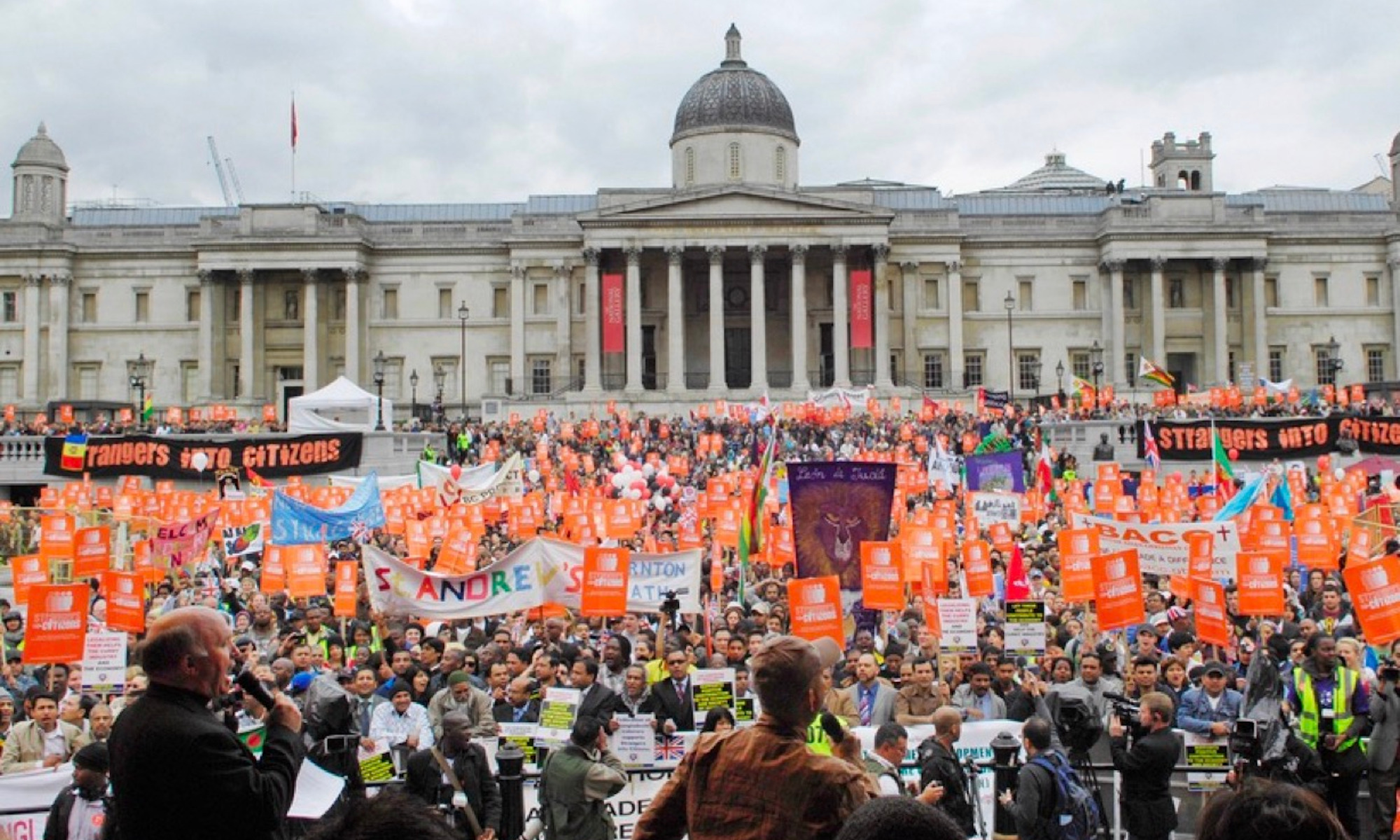London constantly reinvents itself; John Thomas Smith’s Antiquities of London goes back in time to the first invention and builds the city back up from its relics and ruins. Within the confines of Bridewell and the surrounding area, this guidebook is able to highlight just how critical this place has consistently been for the city at large.


Smith’s engravings preserve previous versions of the city, but they also are a reminder that each reinvention of the city carries traces from past selves. At the end of the 18th century when he is making these engravings, the ruins of the London Wall—which were a part of the ancient city wall—are still there. Despite a devastating fire that burnt down nearly the whole city in 1666, Mr. Holden’s family vault in St. Bride’s Churchyard is still there.


There is a great attention to conveying the historical meaning of an engraved structure; therefore, when there is a certain engraving which misses this key trait, there are more questions raised by it than there are answered. One such engraving is the one of Mrs. Salmon’s Wax Work. The building appears to have been damaged given the fading, cracked paint on the top floor, and the fact that the building is not completely straight. Rather, it looks like certain components of the building that ought to be parallel are not because of some historical event or another. Smith’s guide, by documenting the remnants of the city’s past underlines the fragility and impermanence of the city at any one point in time as no moment in antiquity can be replicated entirely. This representation of the City of London, and Bridewell and the surrounding areas in particular shows the fleeting nature of a map of Bridewell.










